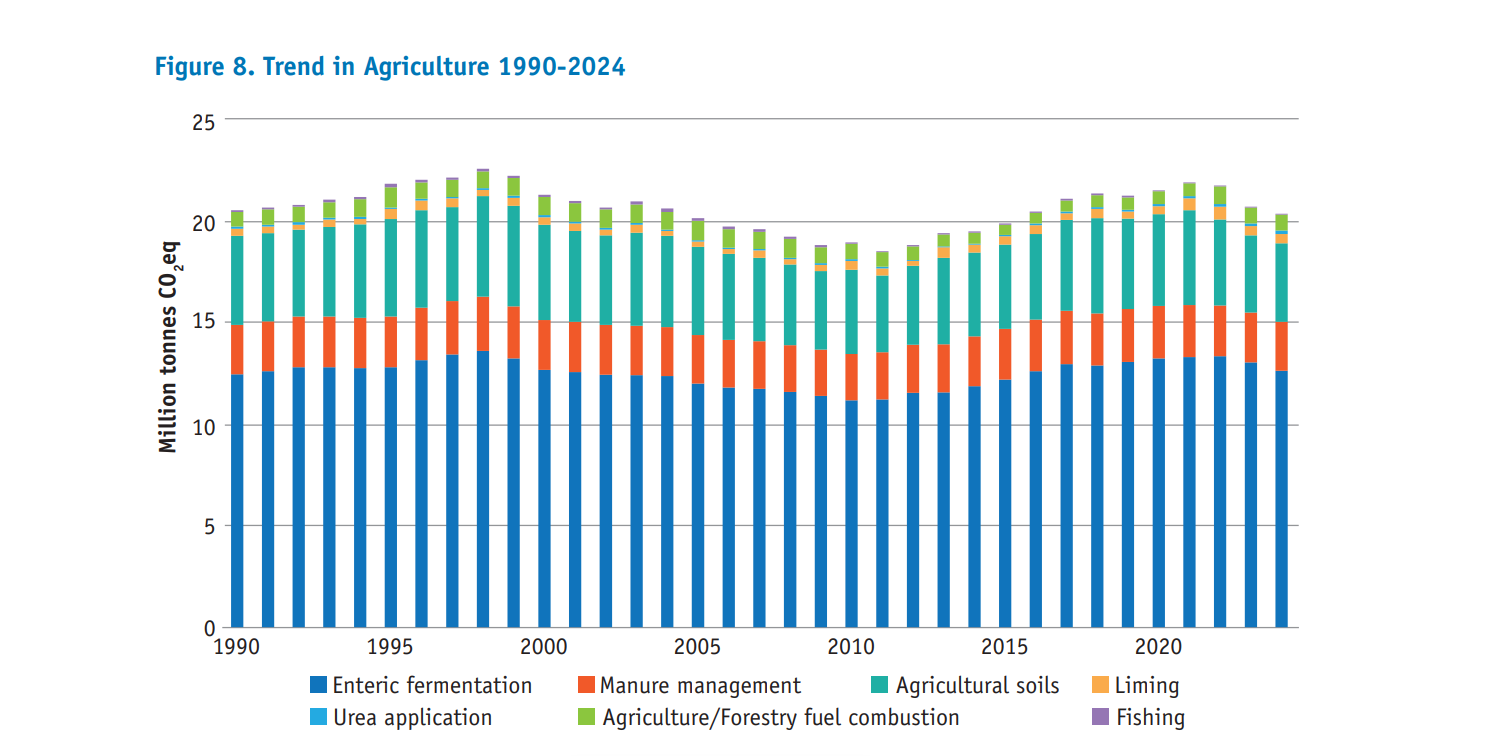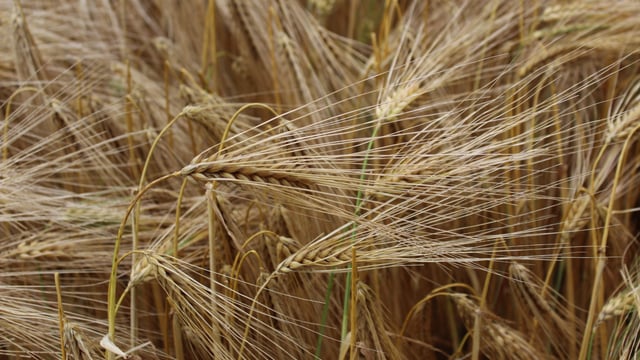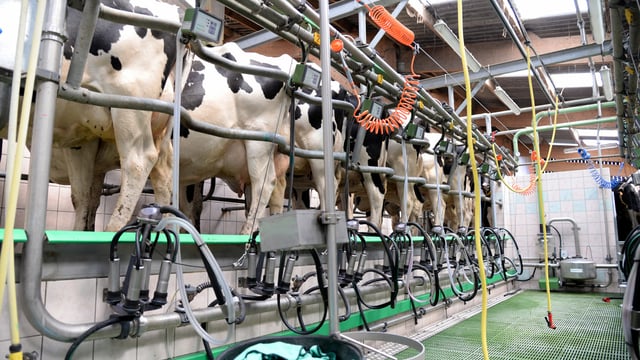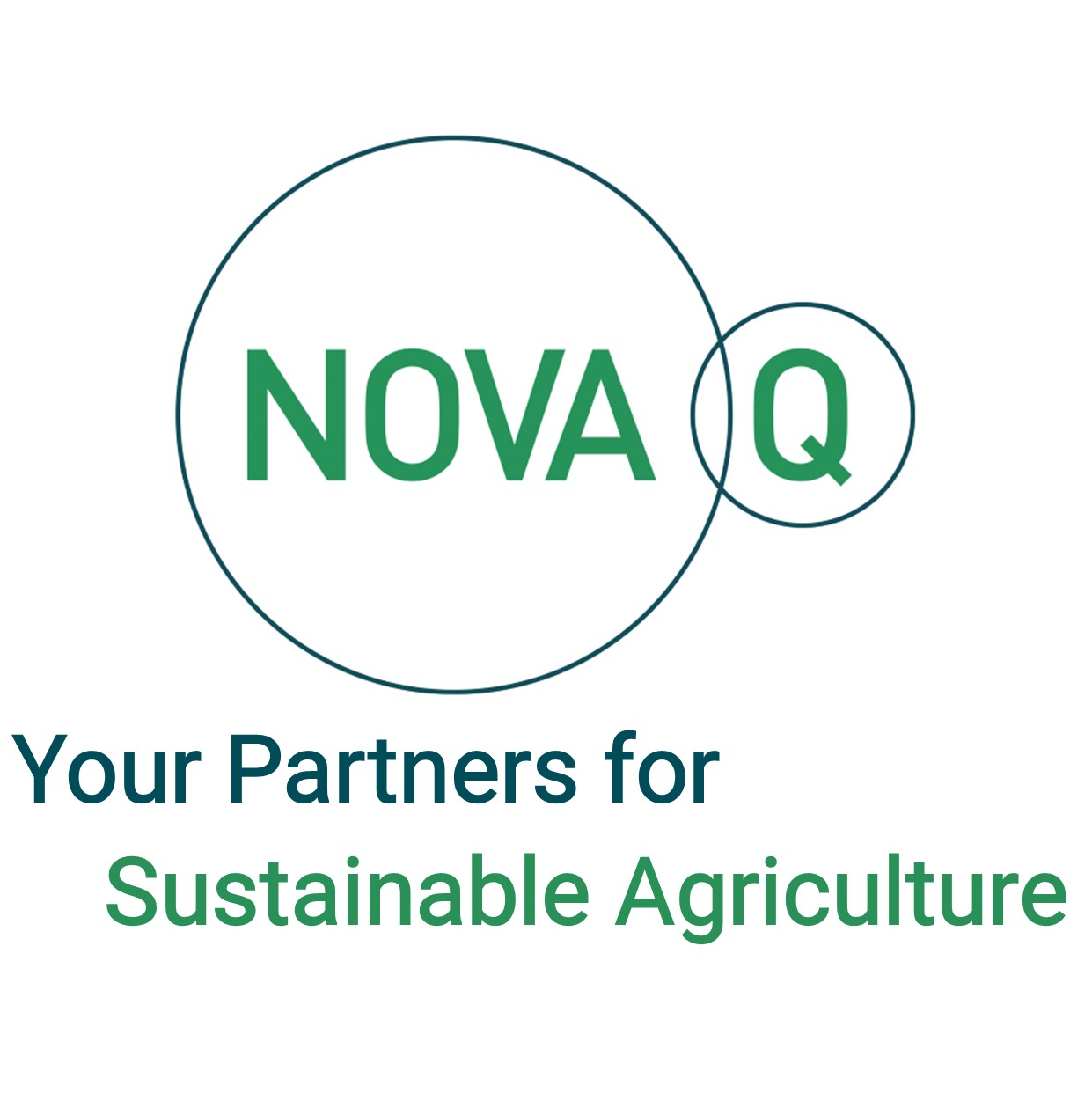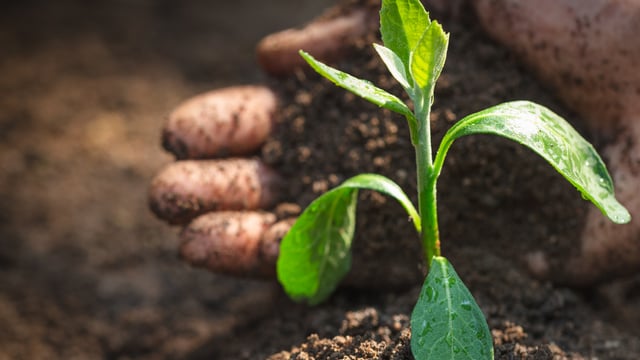EPA: Agriculture GHG emissions down 1.7% in 2024
Agriculture emissions decreased by 1.7% in 2024, a new report published by the Environmental Protection Agency (EPA) has revealed.
The EPA has published 'Ireland's Provisional Greenhouse Gas Emissions' report for 2024.
The report shows that there was a reduction in Ireland's emissions of 2% compared to 2023, with reductions in almost all sectors - except for heating of homes and buildings.
In total, 54 million tonnes of carbon dioxide equivalent (MT CO2e) were emitted, the EPA said, excluding emissions from land use, land use change and forestry (LULUCF).
Agriculture emissions decreased by 1.7% or 0.3 MT CO2e in 2024 compared with 2023.
The EPA said that this was primarily due to a 2.9% reduction in cattle numbers.
"Livestock numbers decreased in general, non-dairy cattle by 3.2%, sheep by 7.9%," the EPA's report said.
"Dairy cow numbers decreased by 1.7%; however, milk output per cow increased by 1.3% and overall production decreased by 0.4%.
"Pig and poultry numbers increased by 2.8% and 2.6%, respectively."
However, a 10.6% increase in fertiliser nitrogen use "partially diminished" the impact of reduced cattle numbers on emissions, the EPA said.
Methane emissions originate from enteric fermentation, manure management and fuel combustion, the EPA outlined.
In 2024, methane emissions contributed 71.1% to the agriculture sector and decreased 2.9% since 2023.
Nitrous oxide emissions originate from manure management, agricultural soils and fuel combustion.
In 2024, these emissions contributed 22.1% to the agriculture sector and increased 1.2% since 2023, reflecting the 10.6% increase in fertiliser nitrogen use in 2024, the EPA said.
Carbon dioxide emissions, which originate from liming, urea application and fuel combustion, contributed 6.8% to the agriculture sector and have increased by 2.8% since 2023.
According to the EPA, last year, liming application to soils decreased by 0.9%, using 1.03 million tonnes of lime, similar to the quantity applied in 2023.
The EPA noted that as a mitigation measure, "elevated levels of lime application improve soil fertility, leading to sustained reductions in fertiliser nitrogen usage and a net reduction in greenhouse gas emissions".
Total fossil fuel consumption in agriculture/forestry/fishing activities in 2024 increased by 1%, the EPA reported.
The report shows that energy industries emissions decreased by 8.9%, while transport decreased by 1.2%, industry decreased by 4.6%, and heating of homes and buildings increased by 5.6%.
Commenting on the report, Laura Burke, EPA director general, said that Ireland’s greenhouse gas emissions have declined for three years in a row.
"These important findings underscore the effectiveness of climate action and implementation of decarbonisation strategies across our economy and society," Burke said.
"We're seeing the tangible benefits from sectors like electricity, with more renewables and interconnection; and transport, with a notable increase in biofuel use in our vehicles."
She said that while the 2024 data is "moving in the right direction", it is "not at the necessary scale and pace to achieve our EU targets or the national climate commitments".
"For example, if Ireland is to meet our first carbon budget, a further 10% reduction in greenhouse gas emissions is needed in 2025, which will be extremely challenging."
Tomas Murray, EPA senior manager, said that some sectors "face greater challenges to decarbonise than others".
"In particular, based on this assessment, both agriculture and transport each require significant reductions of 5.6% and 15.5% respectively, in 2025 to meet their indicative percentage reduction targets," he said.
"The national climate objective of a 51% reduction by 2030 will be unattainable unless every sector meets their reduction target and sectoral ceiling."


